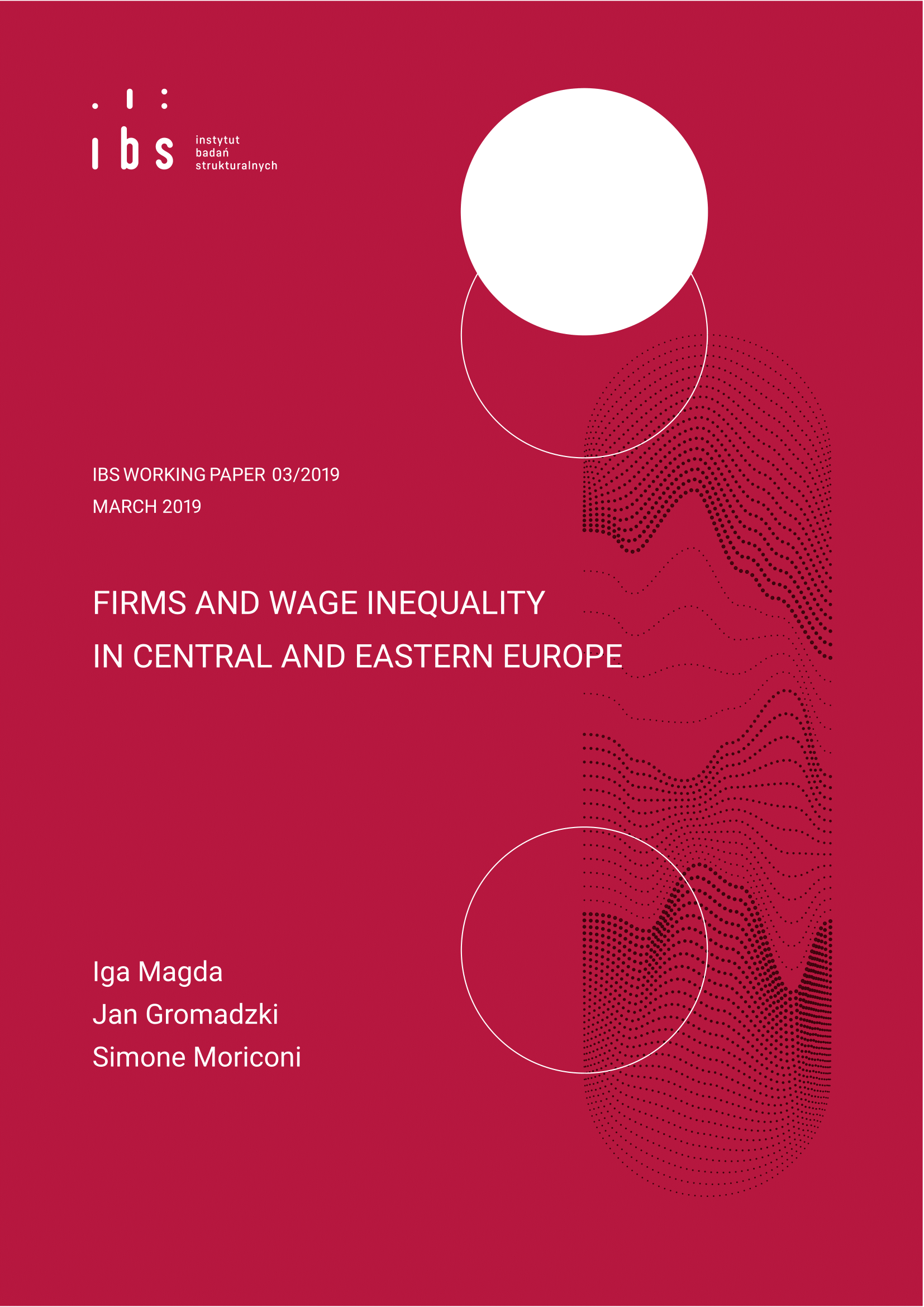Recent studies show that firms are playing an increasingly important role in shaping wage inequality in advanced economies. We contribute to this literature by analysing wage inequality patterns and their firm dimension in Central and Eastern European countries. We use large, linked employer-employee datasets with data from the 2002-2014 period. We find that unlike in many other advanced economies, wage inequality levels have decreased in CEE countries, and particularly in those countries that previously had the highest wage inequality levels. The relative size of the between-firm component varied substantially across countries, and was largest in countries with the highest wage inequality levels. We further estimate the recentered influence function (RIF) regression and the Blinder-Oaxaca decomposition in order to investigate the micro-level determinants of wage inequality. Our findings indicate that the changes in wage inequality levels were mainly attributable to returns to workplace characteristics.

This paper has benefited from the financial support provided by the National Science Center, Poland (DEC-2013/10/E/HS4/00445) and by the World Bank Group (FY2016 DGF Network for Jobs and Development-DGF File: 502916-05). We would like to thank Peter Orazem, the participants of the 2018 EALE, 2018 IZA World Labour conference and the 2018 HSE/IZA workshop for their comments and remarks. We also gratefully acknowledge use of the Python/Stata template provided by von Gaudecker (2014). This paper uses Eurostat data. Eurostat has no responsibility for the results and the conclusions, which are those of the authors.
Department of Economics, Vienna University of Economics and Business; Institute for Structural Research (IBS); IZA.

